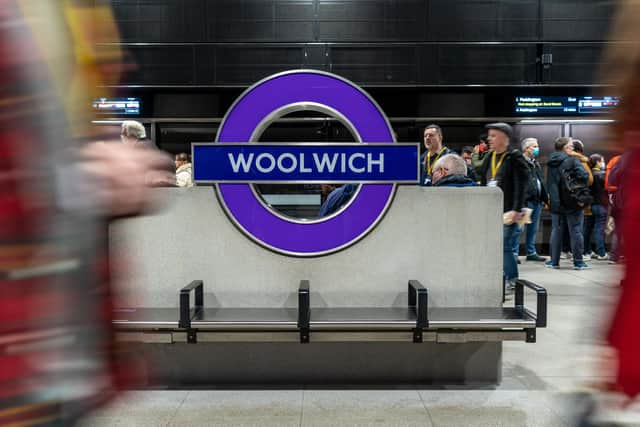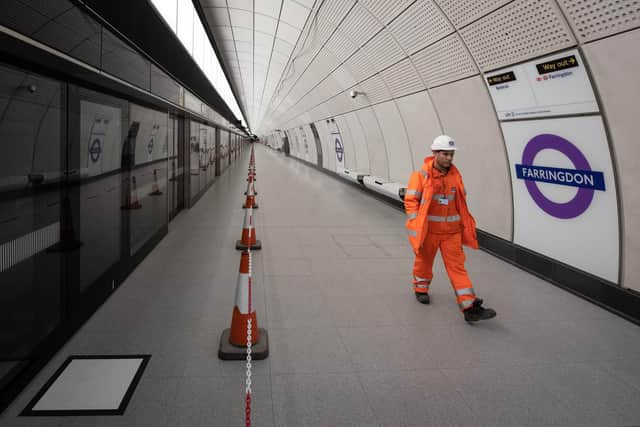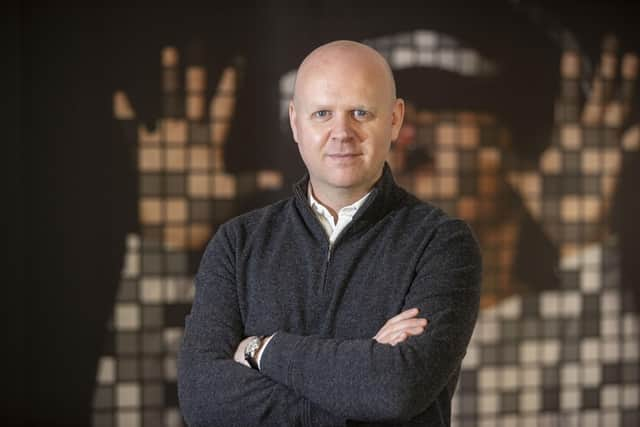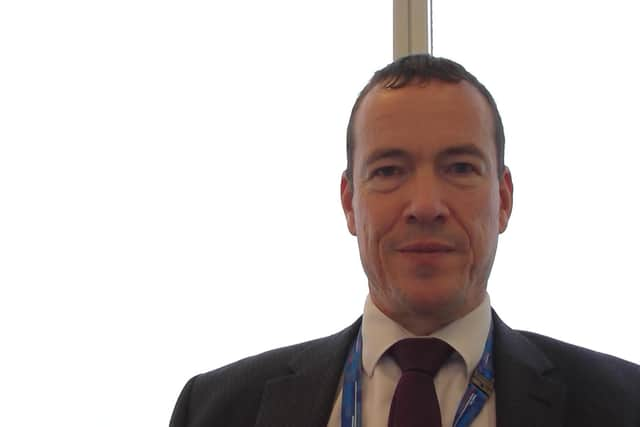Meet the Scots playing a key role in London’s revolutionary new Elizabeth line underground railway
They include a Glasgow company responsible for the eye-catching new purple signs at some of the new stations on the east-west Elizabeth line, and one of the most senior executives at its owner Transport for London (TfL).
The key central section of the route between Paddington and Abbey Wood in south east London, whose tunnelling began a decade ago, is due to open to the public on Tuesday 24 May – four years late.
Advertisement
Hide AdAdvertisement
Hide AdOriginally known as Crossrail and re-named after the Queen, it will increase the capacity of the central London rail network by 10 per cent and enable journeys such as between Paddington and Canary Wharf in the Docklands in 18 minutes.


East Kilbride-based Merson Group has provided more than 1,000 signs for Farringdon, Canary Wharf and Woolwich stations.
Farringdon is also among stations on the line with innovative “incline” lifts which run parallel to escalators
Robert Murray, chief design officer of 84-year-old Merson, said: “The project has challenged convention, including an innovative curved glass and print technology used all along the platform” for way-finding screens.
"The famous Underground roundel was used in many forms on the project, including projecting from the front of the stations, encapsulated within the curved glass platforms and integrated into bespoke concrete seating features."


Meantime, TfL’s Glasgow-born director of operational readiness Peter McNaught has had a central role in preparations for the line’s opening.
He told Scotland on Sunday: “I feel this is a very special moment.
"The Elizabeth line is going to transform travel in the city, increasing capacity and slashing east-west journey times in addition to making travel much more accessible for all.


“Visiting Scots will think it's great.
Advertisement
Hide AdAdvertisement
Hide Ad"They will be taken by its size – these stations are massive.
"When we excavated the box that the new Paddington station is built in, The Shard could have been laid down inside the excavation.
"They are also beautiful – I have worked on London Underground for 16 years and I am still impressed by their scale.”


McNaught, who studied electronic and electrical engineering at Edinburgh Napier University and has spent his whole career in the rail industry, said: "Customers will also be impressed by the line's effortless ability to move people.
"These trains move 1,500 people at a time in a fully air-conditioned environment.
"Customers will also be impressed by the journey times – Paddington to Heathrow in 30 mins is half the time it takes via our Piccadilly line, while Paddington to Liverpool Street will take 11 minutes.”
Other Scottish involvement in the project has included Edinburgh technology firm PODfather, which developed a system for recording vehicle movements at the Crossrail construction sites.
The Elizabeth line will initially operate as three separate railways, which will be connected in the autumn and next May next year, enabling passengers to travel direct between Reading and Heathrow in the west and Shenfield in the east.
Until then, travellers will need to change at Paddington to travel west and Liverpool Street to continue to Shenfield in Essex.
London’s north-south through line, Thameslink, opened in 1988.
Comments
Want to join the conversation? Please or to comment on this article.
